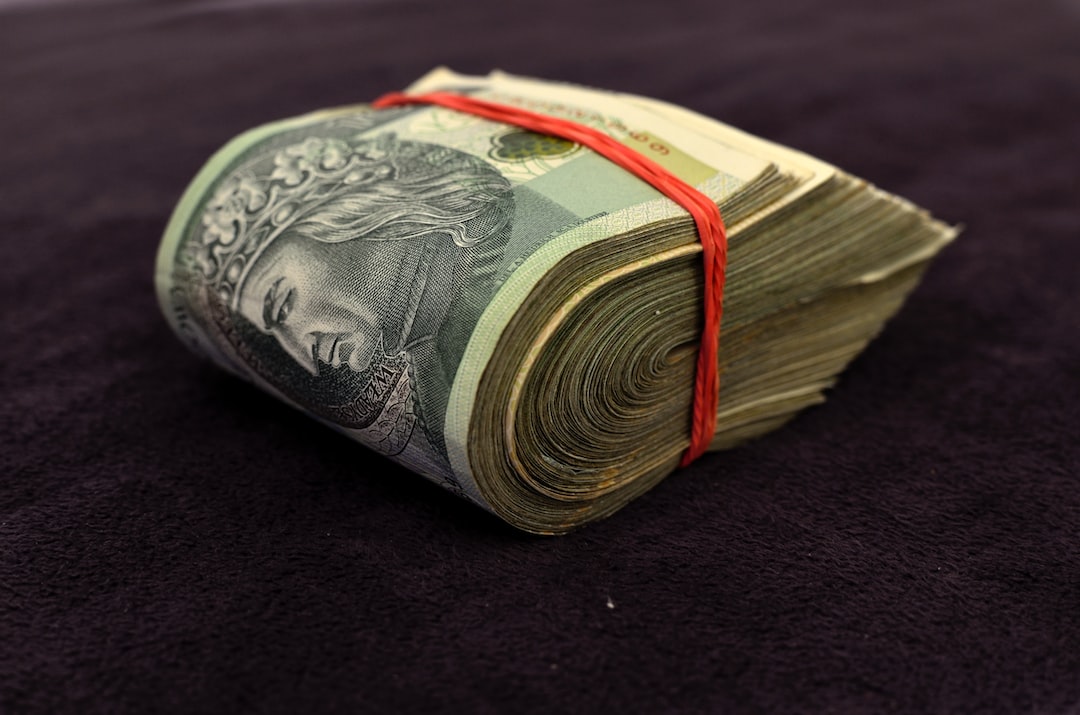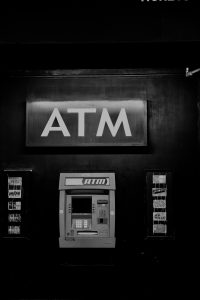Backtesting is a crucial step in forex trading that involves testing a trading strategy or system on historical data to determine its viability in market conditions. It is an essential tool that helps traders to evaluate the performance of their trading strategies, identify weaknesses, and refine their approach for better results. In this article, we will explore the process of backtesting in forex and provide a step-by-step guide to help traders get started.
Step 1: Define the Trading Strategy
The first step in backtesting is to define the trading strategy that you want to test. This involves specifying the entry and exit rules based on technical indicators, price action, or a combination of both. For example, a simple trading strategy could be based on the moving average crossover, where the buy signal is generated when the shorter-term moving average crosses above the longer-term moving average, and the sell signal is generated when the opposite occurs.
Step 2: Gather Historical Data
Once you have defined your trading strategy, the next step is to gather historical data for the currency pair you want to test. This data can be obtained from various sources, including online forex brokers, data vendors, or third-party providers. The data should include a sufficient amount of price history to cover the period you want to test, typically several years.
Step 3: Import Data into Backtesting Software
After obtaining the historical data, the next step is to import it into the backtesting software. There are several backtesting software options available, including MetaTrader 4, TradingView, and Amibroker. These platforms allow you to import the data and perform backtesting using your defined trading strategy.
Step 4: Set Backtesting Parameters
Before running the backtest, you need to set the parameters, including the time frame, lot size, and other trading conditions. These parameters should be consistent with the trading strategy you want to test. For example, if your strategy involves trading on the daily chart, you should set the backtesting time frame to daily.
Step 5: Run the Backtest
Once you have set the parameters, you can run the backtest. The backtesting software will simulate the trading strategy on the historical data and generate a report that shows the performance of the strategy over the testing period. The report should include key metrics such as the total number of trades, win rate, average profit/loss per trade, maximum drawdown, and other performance indicators.
Step 6: Analyze the Results
After running the backtest, it is crucial to analyze the results and identify the strengths and weaknesses of the trading strategy. This involves scrutinizing the performance metrics and identifying any areas that need improvement. If the strategy is not performing well, you may need to revise the entry and exit rules or adjust the trading parameters.
Step 7: Refine the Strategy
Based on the analysis of the backtesting results, you can refine the trading strategy to improve its performance. This may involve making changes to the entry and exit rules, adjusting the stop loss and take profit levels, or modifying the trading parameters. You can then run another backtest to see if the changes have improved the performance of the strategy.
Conclusion
Backtesting is a critical step in forex trading that helps traders to evaluate the performance of their trading strategies and make informed decisions. By following the steps outlined in this article, you can perform a thorough backtest of your trading strategy and refine it for better results. Remember that backtesting is not a guarantee of future performance, but it can provide valuable insights into the potential profitability of your trading strategy.






